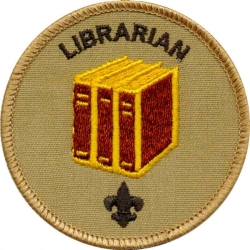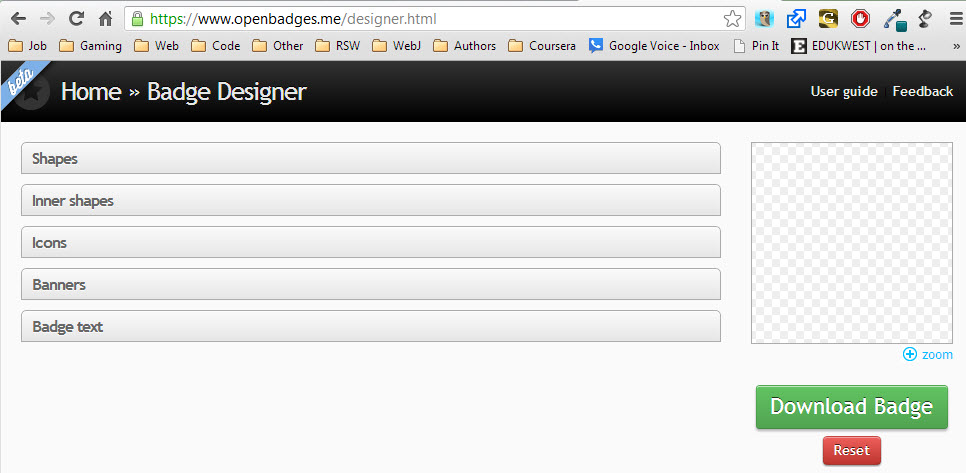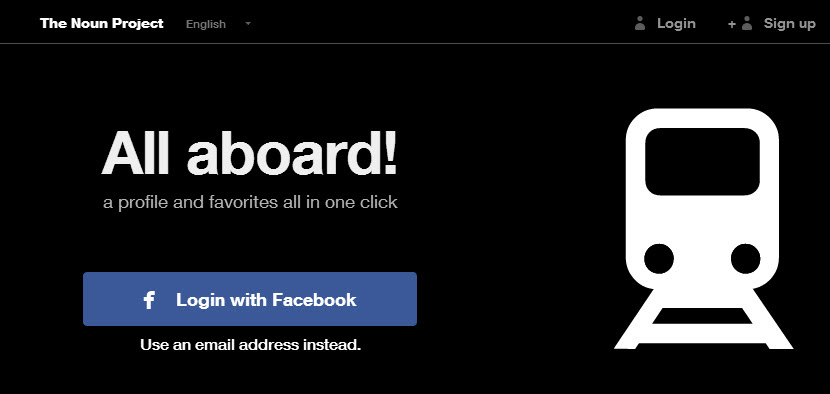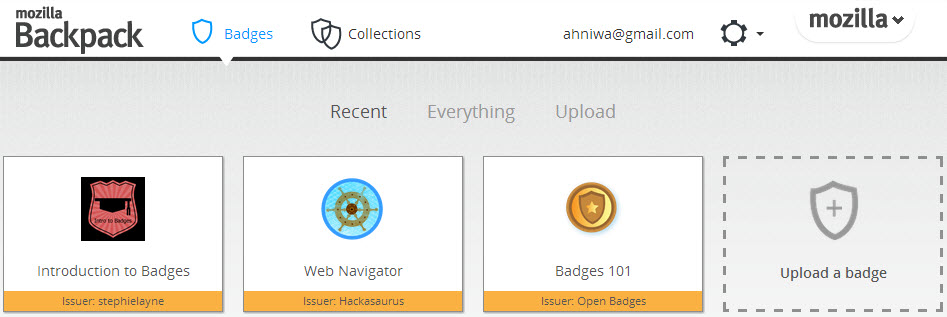Badging the Library: Part 2

In our first post on badging the library, we talked about what badges were and why libraries might consider implementing badges. There are a lot of good uses for badges in the library world, and hopefully you saw some that fit in with your work. In today's follow-up post on badging, we'll talk more about some of the tools we need to create badge images and what we do with them once they're made. If you haven't already, go read Badging the Library: Part 1 before you jump into this article. It's a quick read and will help with some context as we move into discussing how to create and implement badges.
Creating a badge, step 1: assessment
The first step in creating a badge is also the hardest. Unless you already have rubrics and learning plans and assessment techniques built in to the activities you want to badge, then this is where you should start, and it breaks down more or less like this:
- determine the activities you want to reward / the behaviors you'd like to see;
- figure out a way to assess when those activities / behaviors are being exhibited;
- determine reward(s) for these activities:
- one time single reward, compounding rewards, tiered rewards, etc.
For example, in a library setting, you might decide you want to reward participation in the annual book sale. You'd like to increase the amount of people contributing books to the sale (donating) and the amount of people buying books from the sale (purchasing). You could easily assess this using a written register / transaction history (or online equivalent), and determine the levels at which participation would be badged (for every 10 books donated or purchased, for instance, and with 5 levels of badge, so at 50 books they would get the top badge in that category).
Creating a badge, step 2: the badge itself
Once you know what behaviors you're going to reward, at what levels, and which badges you need to make, you can get down to the process of actually creating the image files you'll need. Note that paper badges and old-school cloth badges are still a great reward too, so if you're into badges but not the online kind, get out the scissors and glue-gun and go to town. For online badges, you have a lot of options, from straight-forward badge creation tools to professional image design suites like Adobe Illustrator. If you're drawn to the latter, we'll assume you know what you're doing anyway, so we'll cover the more basic options in this article.
The simplest, best option I could find at publication was the Badge Designer from openbadges.me. This free, online tool allows you to create a badge using basic shapes and text, with enough options that you still get to apply some creativity in your design. For instance, in about 5 minutes you could cook up this simple badge image to use in the previous book sale example.
 There are a few limitations with the Badge Designer (a limited amount of icons to choose from; can only use one icon at a time), but for its ease of use it is hard to beat. If you want more customization, I recommend starting with a badge designer template, saving the resulting PNG file, and then using your image editor of choice to make further refinements. This could be particularly useful if, for instance, you want to create the background and banner for your badge, but use a different icon. You can download the frame and then insert the icon using a tool like Pixlr.
There are a few limitations with the Badge Designer (a limited amount of icons to choose from; can only use one icon at a time), but for its ease of use it is hard to beat. If you want more customization, I recommend starting with a badge designer template, saving the resulting PNG file, and then using your image editor of choice to make further refinements. This could be particularly useful if, for instance, you want to create the background and banner for your badge, but use a different icon. You can download the frame and then insert the icon using a tool like Pixlr.
Speaking of which, if you're looking for interesting icons in the public domain or under creative commons, you have a lot of great options. Check out some of these sites:
If all else fails (or if you want to learn more about designing your own badges from scratch) check out the P2PU Badge Maker course, which includes a section on creating your badge graphic using a free vector graphics editor called Inkscape.
Creating a badge, step 3: rewarding and displaying
At this point you know what behaviors you want to reward and you have the badge graphics ready to go. So now what? Now you've got to find a way to get those badges into the "hands" of your rewardees. There are a lot of ways to do this.
The simplest way is just to keep track of who is accomplishing goals manually, and to send the badge images to them via email (or point them to the link where the badge image lives online so they can download it). This "rewards" them with a badge, but has the downside that they can't display it and share it without some extra work on their end. Note that anyone who gets a badge image can upload it into their Mozilla Badge Backpack, so they can store it, at least.
For the time being, I think the easiest option is for you (the badge issuer) to upload the badges and meta-information at badg.us so that when your patrons accomplish goals you can point them to the site with a claim code. This has the benefit of being straight-forward both for the library and the rewarded patron, and integrates well with much of the current badge infrastructure including the Mozilla Open Badge Backpack.
If you have the coding know-how and a place to store the images, you can check out Mozilla's excellent onboarding documentation to skip the middle-man and issue / track badges for your users through your site and custom APIs.
Some additional thoughts on badgification and rewards
In his article on TechCrunch, Everything You'll Ever Need To Know About Gamification, Tadgh Kelly says that while there is plenty of "overheated extrapolation" about the subject, gamification really just boils down to three things: validation, completion, and prizes.
- Essentially, people like their contributions to be recognized by their social group (via upvotes, likes, retweets, etc) because it validates their participation as being of value.
- Second, people like to complete things: if the progress bar reads 95%, they will do their best to get to 100%, because then they will have finished something.
- Finally, people like to win things. I doubt any additional explanation is needed for that one.
I don't think the article actually contains "everything" you need to know about gamification, but in general, the article is interesting and I recommend reading it through if you have a few minutes. Note that he does say that badging just because you can is a bad idea.
Some other resources worth checking out:
- Jess Klein - Design Feedback for Badge Systems
- ForAllSystems - Badges How to: Using Your Classroom Rubrics to Design a Badge System
- Billy Meinke - Open Badges: Want to Make Your Own Badges by Hand? Here's How
Badging the Library: Part 3
Do we need more follow-up? Do you have questions about badging that remain unanswered? Is this a subject of enough interest that we should try and organize a webinar around it?
Please chime in via the comments below, or using your social media tool of choice, and let us know. I'm happy to write more about badging (I'm learning as I go, which I always enjoy), and I'm sure we could arrange other media around the subject as long as there is sufficient interest. In the meantime, thanks for reading!



